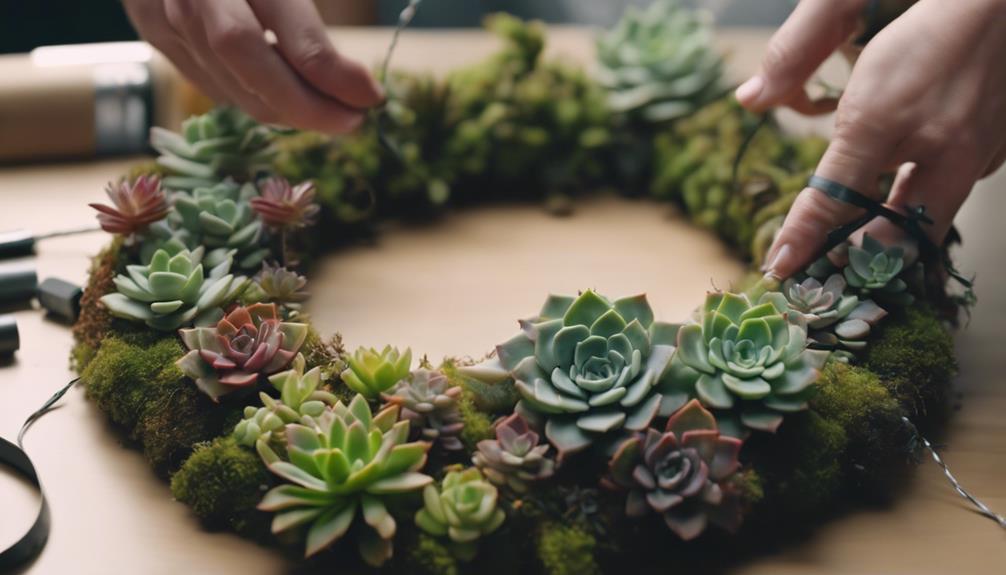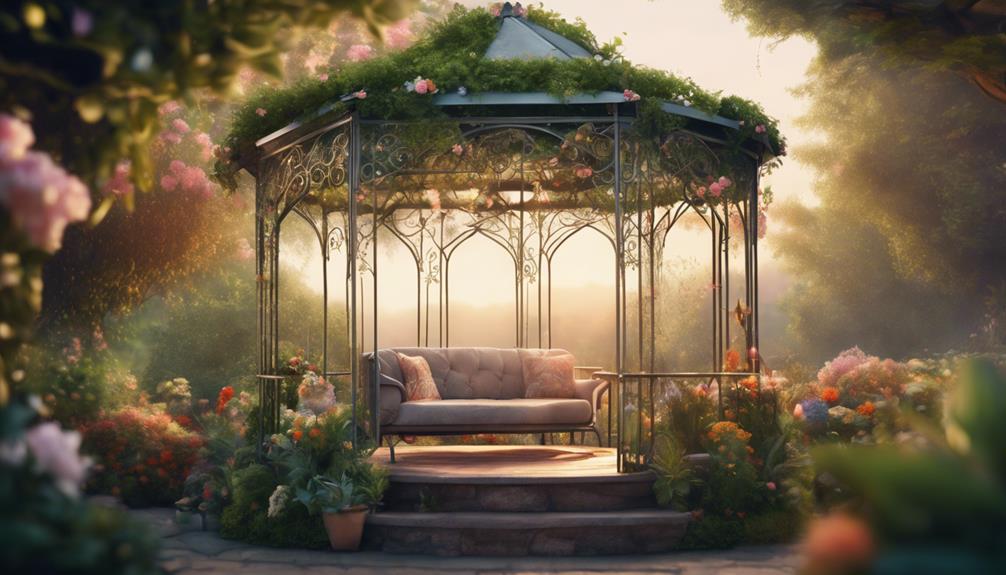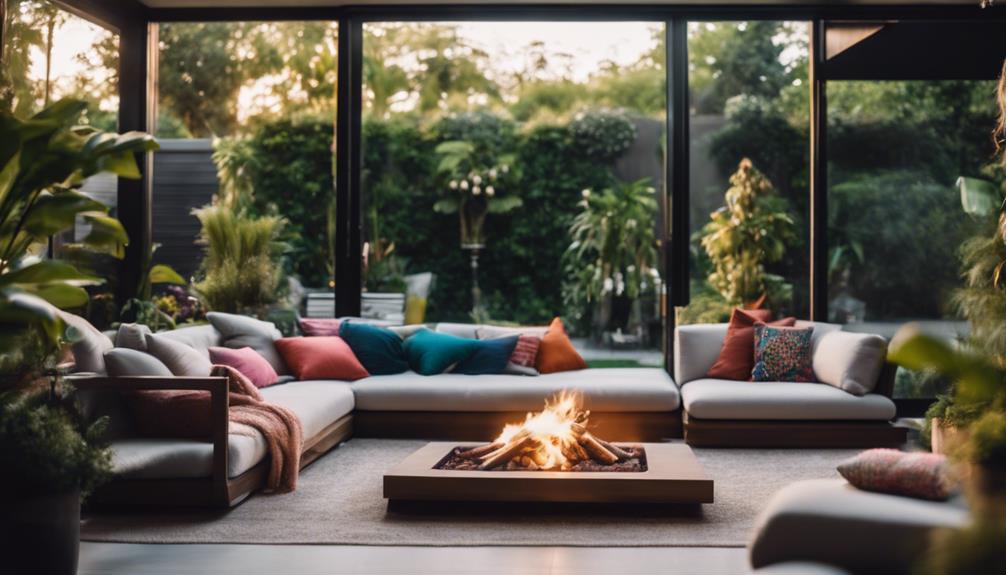Crafting a succulent wreath frame in 5 simple steps begins with selecting slow-growing succulents like sedum and Echeveria. Prepare 1-2 inch cuttings by letting them callus before planting. Soak the moss wreath for 15 minutes and shape it easily. Arrange succulents tightly in a rosette pattern, securing them with greening pins. Maintain stability by positioning flat for 6-8 weeks and water sparingly. For a detailed guide on creating your own stunning succulent wreath frame, follow the concise steps above to elevate your home décor effortlessly.
Key Takeaways
- Select slow-growing succulents like sedum, Aeonium, and Echeveria for wreaths.
- Prepare 1-2 inch succulent cuttings with callused stems for successful rooting.
- Soak moss wreath form for 15 minutes before arranging cuttings.
- Arrange cuttings tightly in a rosette pattern for visual appeal.
- Secure cuttings with greening pins, water sparingly, and provide sunlight for rooting.
Selecting Suitable Succulents
When creating a succulent wreath frame, we should carefully select slow-growing succulents that are suitable for wreaths, such as sedum, Aeonium, Echeveria, Kalanchoe, mother of pearl plant, and jade plant. These plants thrive well in wreaths, adding beauty and texture to the living succulent wreath.
Opting for succulent cuttings with stem sections 1 to 2 inches long guarantees easy insertion into the wreath frame, facilitating the arrangement process. It's crucial to remove lower leaves from the cuttings to promote propagation and allow them to callus overnight before planting. This step promotes successful root development for the succulent cuttings.
Aiming for a dense arrangement of succulents on the wreath frame not only creates a lush appearance but also ensures a visually appealing display. Secure the succulent cuttings in the wreath frame with craft clips or floral pins to make sure they stay in place as they establish roots, maintaining the integrity of the living succulent wreath.
Preparing Succulent Cuttings
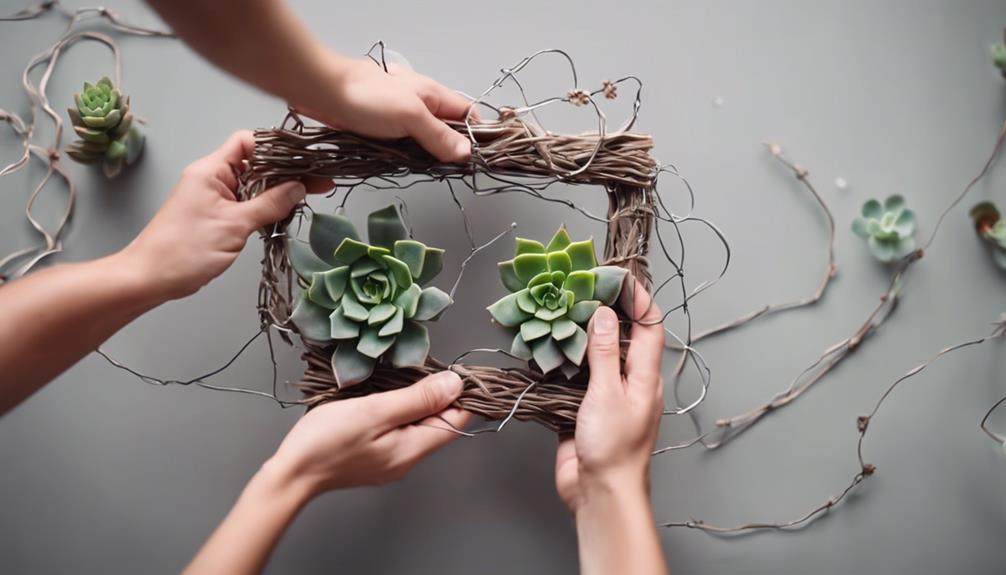
To prepare succulent cuttings for the wreath frame, select healthy plants with strong stems and make sure the cuttings are 1-2 inches long with a clean, sharp blade for best root growth.
Here are the steps to follow when preparing succulent cuttings:
- Select healthy succulent plants with strong stems for cuttings.
- Cut the succulent cuttings to be 1-2 inches long using a clean, sharp blade.
- Allow the cuttings to callus for a day or two before planting to promote root growth.
- Remove lower leaves on the stem to prevent rotting and encourage new root growth.
- Confirm that the cuttings have enough stem length for easy insertion into the moss wreath form.
Soaking the Moss Wreath Form
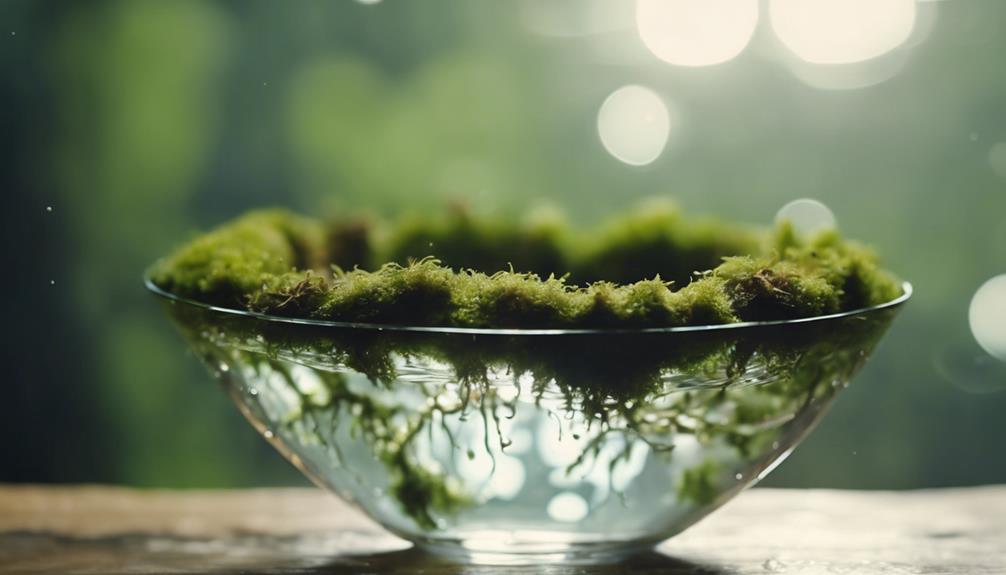
We typically soak the moss wreath form for 15 minutes before adding the succulent cuttings to make sure it is pliable and easy to work with. This step is essential in the process of creating a succulent wreath frame using a sphagnum moss wreath. Soaking the moss wreath form allows it to become more flexible, making it easier to manipulate and shape when attaching the succulent cuttings.
To engage the audience further, here is a table showcasing the benefits of soaking the moss wreath form:
| Benefits of Soaking the Moss Wreath Form |
|---|
| Makes the wreath form pliable |
| Prevents the wreath form from falling apart |
| Ensures even saturation of the form |
Arranging Succulent Cuttings
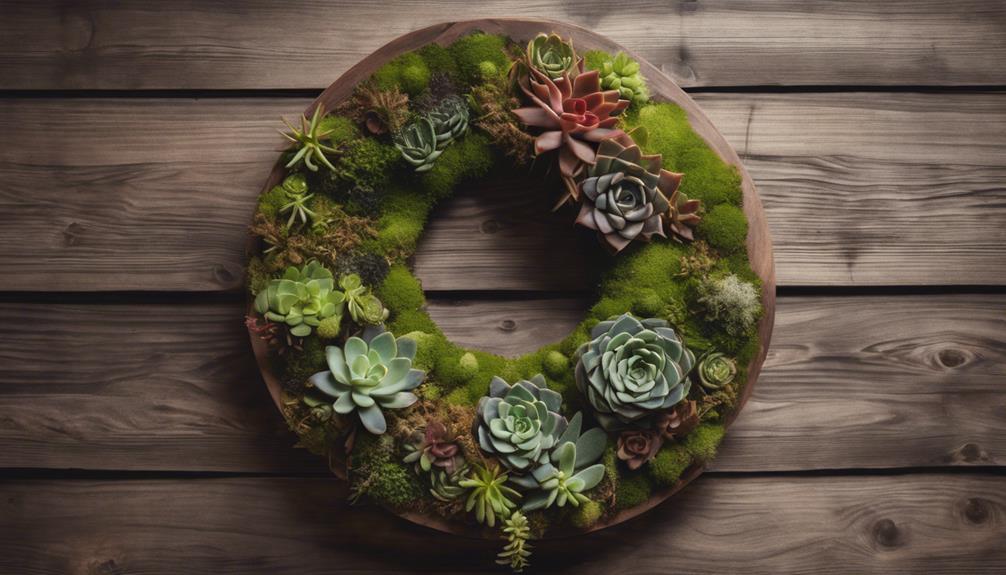
Let's begin by carefully positioning the succulent cuttings in a rosette pattern to maintain the wreath's shape and aesthetic appeal.
When arranging succulent cuttings for a living wreath that will make a statement on your front door, follow these steps:
- Select Low and Tight Succulents: Choose varieties that stay low and tight to create a visually appealing wreath.
- Arrange in Rosette Pattern: Place the succulents in a rosette pattern to guarantee the wreath maintains its form over time.
- Compact Root Balls: Gently compact the root balls of the succulents before securing them in the wreath.
- Pre-Water Succulents: Water the succulents before inserting them into the moss for easier placement.
- Secure with Greening Pins: Use greening pins to secure the moss over the root balls of the succulents in the wreath.
Securing and Maintaining the Wreath Frame
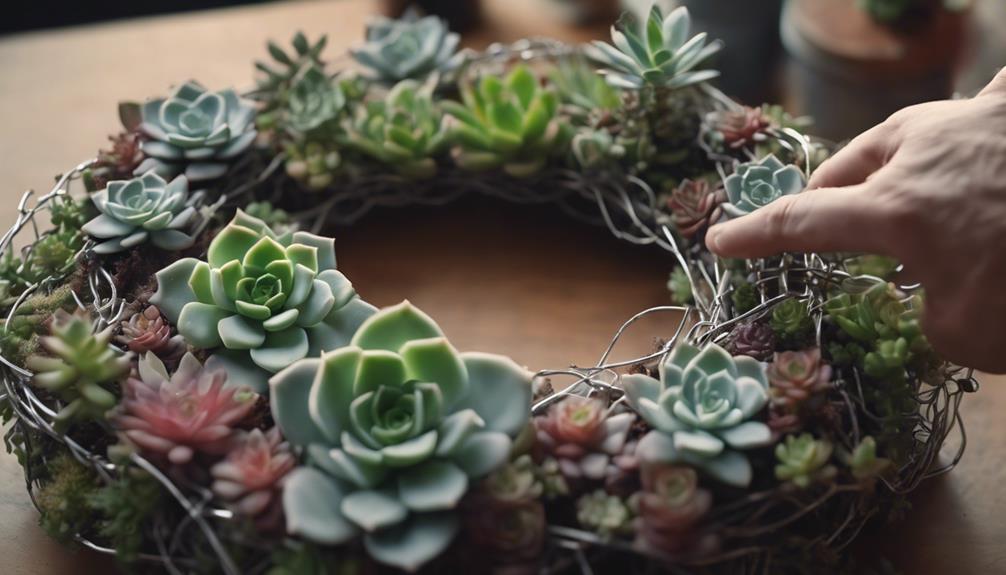
Carefully secure the succulent cuttings to the moss-filled wreath frame using greening pins to guarantee stability and longevity. Making sure that the cuttings are firmly attached will prevent them from shifting or falling off as they establish roots. It's crucial to keep the wreath frame flat for at least 6-8 weeks to allow the cuttings to root and stabilize properly. Regularly inspect the wreath frame during this time to check for any loose or unsecured succulent cuttings that may need to be re-secured.
To help you maintain the wreath frame effectively, consider the following tips:
| Tip 1: Use Greening Pins | Tip 2: Keep Flat | Tip 3: Regular Inspections |
|---|---|---|
| Secure cuttings with greening pins for stability | Ensure flat positioning for 6-8 weeks | Check for loose cuttings periodically |
Following these guidelines will help make a statement with your succulent wreath frame and ensure its health and longevity. Remember to water sparingly, provide adequate sunlight, and good air circulation for best growth.
Frequently Asked Questions
How to Make a Succulent Wreath Step by Step?
To make a succulent wreath, start by choosing a wire wreath form and lining it with wet moss for flexibility.
Lay out succulents in a pleasing pattern, focusing on low and tight varieties. Gently press root balls to compact, securing them with greening pins.
Water the succulents before compacting for easier handling.
How to Make a Living Plant Wreath?
To make a living plant wreath, start by selecting a wreath wire form, sheet moss, succulents, and greening pins. Line the form with damp moss, covering root balls.
Arrange succulents tightly for shape, compact root balls gently, and pin them securely. Before compacting, water succulents for easier handling.
Finish by folding moss over roots. This simple process yields a beautiful living wreath.
How Do You Make a Live Succulent Grapevine Wreath?
To make a live succulent grapevine wreath, start by gathering a grapevine wreath frame, succulent cuttings, greening pins, and moss. Soak the frame to make it pliable.
Plan your design by arranging succulent cuttings, then insert them into the moss-covered frame using greening pins for stability.
Let the wreath lay flat for 6-8 weeks to root the cuttings before hanging.
This method guarantees a beautiful and thriving living succulent wreath.
What Succulents Are Good for Wreaths?
Succulents ideal for wreaths include sedum, Aeonium, Echeveria, Kalanchoe, mother of pearl plant, and jade plant. These varieties are chosen for their slow growth and compact size, making them perfect for wreath arrangements.
Opt for succulent cuttings with 1-2 inch stem sections for easy insertion into the wreath form. Removing lower leaves from the cuttings aids in propagating new succulents. Allowing the cuttings to callus overnight before planting guarantees better rooting success.
Conclusion
To sum up, by following these simple steps, you can create a stunning succulent wreath frame for your home or garden.
Selecting suitable succulents, preparing cuttings, soaking the moss form, arranging the succulents, and securing the frame are all key components to a successful project.
With a little time and effort, you can enjoy a beautiful and unique addition to your decor that will impress guests and bring a touch of nature indoors.
